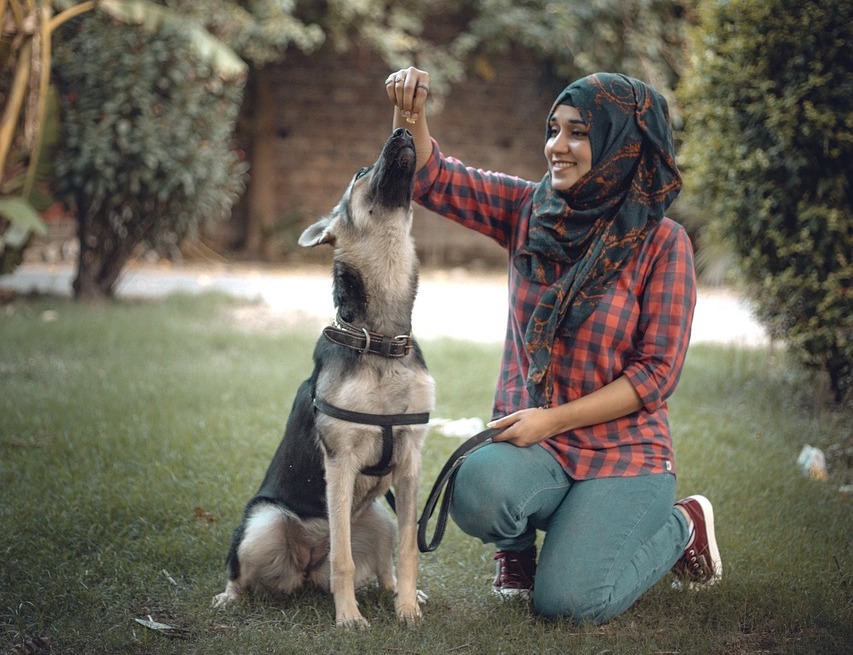Kuhne, F., Hößler, J. C., & Struwe, R. (2012). Effects of human–dog familiarity on dogs’ behavioural responses to petting. Applied Animal Behaviour Science, 142(3), 176-181. doi:https://doi.org/10.1016/j.applanim.2012.10.003
Yin, S. (2022, January 17). Teaching your dog to love the cone. Dr. Sophia Yin. Retrieved April 5, 2022, from https://drsophiayin.com/blog/entry/teaching-your-dog-to-love-the-cone/
Puppy or Not Trailblazing Tails. problem behavior recognition
Herron, M.E., Shofer, F., and Reisner, I. Survey of the use and outcome of confrontational and non-confrontational training methods in client-owned dogs showing undesired behaviors. Problem Behavior Intervention
Yin, S. (2021, December 14). Teaching chin rest to dogs. low stress handling
Trailblazing Tails. 7 Prevention Tips for Parents. problem behavior recognition





